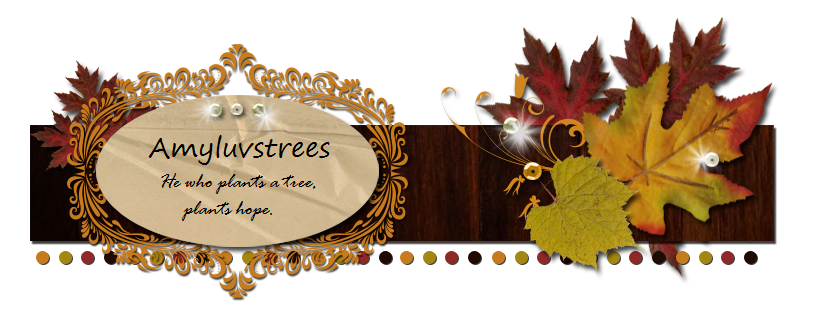It just recently dawned on me that I have been talking about and referencing to my new job, but I haven’t really explained what it is! Would you like to know? Hope so, because that is today’s post. :)
As mentioned a few times before, I realized that my position at ISU was not for me. I loved working with the student workers, organizing the desks, and being busy… but it took a toll on me. In addition to the 8-4:30pm hours, also had to work many nights where I was on-call. That means I was the professional staff member that RAs would call if there was a situation. There was an average of 8 nights a month. Some nights were a piece of cake. Other nights, I would be up all night with emergencies or unsure RAs. In spring semester, I had EIGHT marijuana confrontations and arrests! I’m sure you can imagine that these normally happen in the middle of the night.
Currently, no matter how the night went, we were expected at work the next day. That wore me out! In addition, while loving my student workers, there were a handful of them that were extremely needy. I would get calls and text messages all day, all night, all weekend long about questions, comments, and problems. If I ever left my apartment, it was a guaranteed sign that someone was going to be late for their shift and I was going to have to work. I shouldn’t have, but I felt chained to my apartment and to my job at all hours. (Yes, yes, that is more a personal issue than a hazard of the job.)
Those demands were rough, but that’s in addition to the administrative side. I always felt like I was behind and that my desk had a pile of paper a mile high. When I wasn’t doing rounds at the service areas, I was shuffling paperwork back and forth, answering emails, trying to finish projects and committee work, and of course billing students for damaging the halls. Oh, let’s not even get into that! Meanwhile, the sun was shining, the birds were chirping, and trees were flowering… and I was missing it all. My employees were hilarious and would basically watch me stare out the window when spring hit. They were super sweet and even got me plants for holidays, my birthday, etc.
In addition to missing my family like CRAZY, I decided that I would not return to my position. Even with what I just made it sound like above, it ended up being a little harder than I thought. Again, even with how demanding 55 employees were, they were my number one reason for staying all year. Once they found out, many expressed their sadness, which almost made me stay! But, today, I am very glad I chose to follow my true passion. (Thank goodness for facebook so I can keep in touch with them all!)
That brings me to today… where I am working? Luckily for me, I received 2 interviews and 2 job offers before leaving ISU. It was a hard decision (hmm, a pattern here?), but I decided on accepting a position with the Forest Preserve District of DuPage County as the native plant nursery assistant. Before I go any further, I will just say… I LOVE IT!
What do I do every day? Well, there is a native plant nursery that is fairly new to the District. My direct boss is in charge of it, but she has WAY too much on her plate, so I directly care for it. There are about 40 planting beds in the outdoor nursery. The beds are about 30 feet long. Each bed has a mixture of plants in it, the District practices companion planting. A big part of my job is weeding, watering, collecting seeds, planting new plants, and organizing volunteer work days in the nursery. Besides working in the nursery, I also help my boss with a variety of other things, including pesticide application, pesticide distribution, inventory, visits to other sites, and administrative tasks. I’m glad it didn’t take her long to realize that I am super organized. :) One rainy week, I redid the Grounds and Resources herbarium and made it easy to find specimens. Now, my boss will give me something and let me have at it. It makes me feel so good that she trusts me!

The nursery on my first day
Every day is something new and different. I have learned something about a native plant every day! I love seeing the plants from seedlings to mature flowering plants. My plant identification skills skyrocketed, as did my passion for plants outside of trees. :) But don’t worry, I still am crazy about trees. In the nursery, there are hundreds of small trees that are also taken care of for the District. So once and awhile you can find me wandering in the rows!
Rain overalls. Gotta love my look.
Taking my 2pm break on the gator in the woodland.
Do you have a question about what I do? Did this clear it up? I hope so! If you still have any questions, please let me know, and I can definitely answer them. :)































